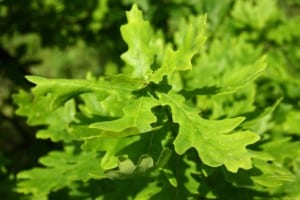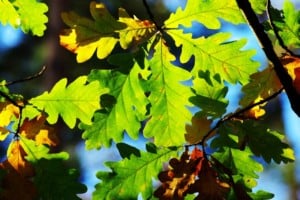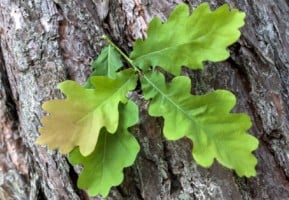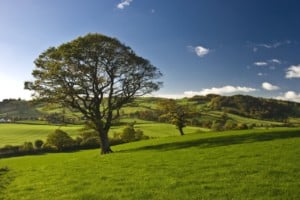Arizona’s climate ranges from low to subtropical deserts to the coldest mountain, ultimately determining which trees are most adapted to each region. Palo verdes and mesquites are native to Tucson and Phoenix, while taller indigenous trees such as elm, ash, pistache, and oak grow well in the desert.
Contents
- 1. Silver Leaf Oak (Quercus hypoleucoides)
- 2. Shrub Live Oak (Quercus turbinella)
- 3. Emory Oak (Quercus emoryi)
- 4. Arizona White Oak (Quercus arizonica)
- 5. Gambel Oak (Quercus gambelii)
- 6. Canyon Live Oak Leaf (Quercus chrysolepis)
- 7. Net-leaf Oak (Quercus reticulata)
- 8.Wavyleaf Oak (Quercus undulata)
- 9. Dunn Oak (Quercus dunnii)
Oak trees have historical and aesthetic importance and are vital for timber in many areas. Oakwood is robust, long-lasting, and has a visually appealing grain pattern. Shipbuilding, furniture, flooring, railroad ties, tool handles, barrel manufacture, and veneer use oak wood in their construction. The versatile tree’s bark has been used for medicinal purposes, tanning, and dyeing. The fruit of oak trees, acorns, has served as a source of sustenance for humans and animals.
Over 600 species of oak can be found throughout the temperate zones of North America, Asia, Europe, and far south into Polynesia. Some oak tree species do well in the deserts of Arizona amidst the hot weather, seasonal droughts, and native soils. They have expansive root systems, which allows them to tolerate the region’s climate.
In the colder high-elevation deserts, native oak species require less irrigation, if any at all, except during extended drought and summertime heat. True oaks are found in eight different species in north-central Arizona. Individual species can be difficult to distinguish because they are known to hybridize.
The most common oak species in the state of Arizona are the Silverleaf, Emory, Shrub Live, and the Arizona White Oak. In this post, we’ll discuss these as well as some lesser common species:
1. Silver Leaf Oak (Quercus hypoleucoides)
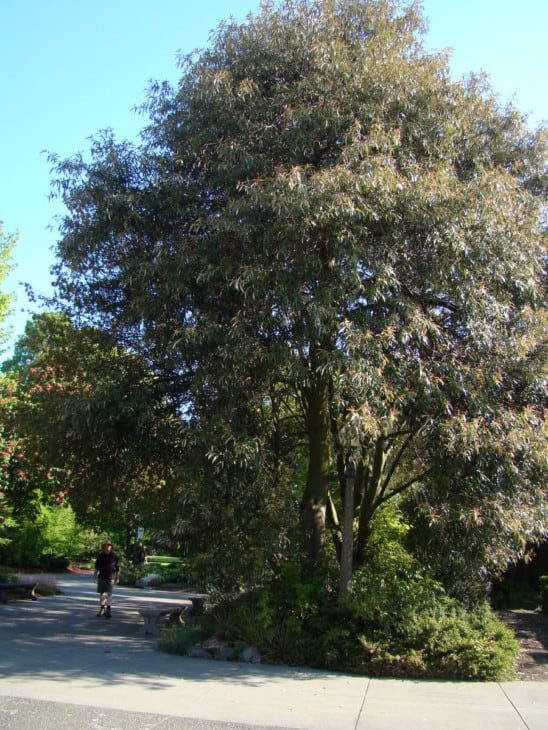
The Silver Leaf Oak is usually found as a shrub but can grow up to 20 to 30 feet tall with sufficient water supply. Its leaves are thick, leathery, and oblong-shaped. Their upper surface is shiny dark green, while the underside is white. It flowers in spring, blossoming with yellow-green flowerets with small spikes or long drooping catkins.
2. Shrub Live Oak (Quercus turbinella)
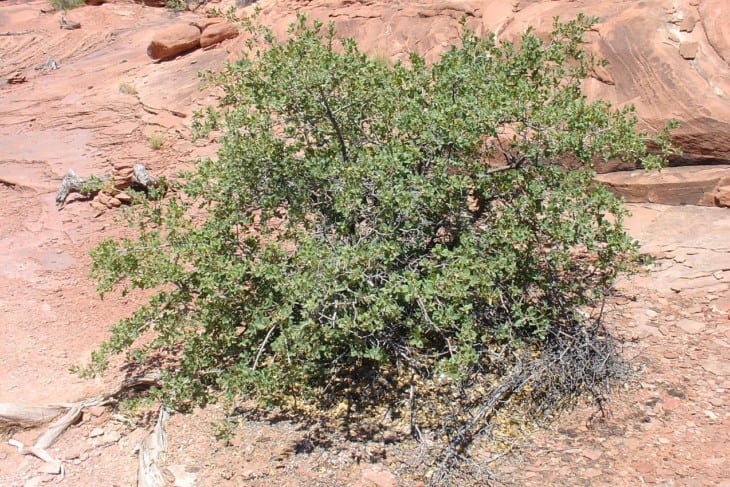
Mostly a dense shrub reaching up to 6 to 12 feet, the Shrub Live Oak can grow taller in favorable habitats. Its leaves are bristle-tipped and gray-green in color. The tree flowers in spring with yellow male flowers and female green flowers, which are followed by the growth of a small acorn.
3. Emory Oak (Quercus emoryi)
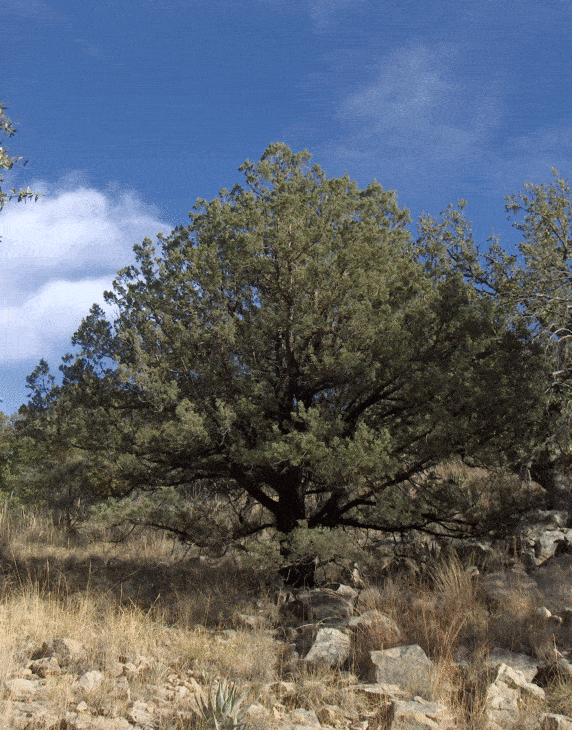
The Emory Oak shrubs have an upright growth, while the trees can reach heights of 40 feet tall. Mature trees have a black bark. Its evergreen leaves are a shiny dark green or can have a yellow-green surface and pale underside. Yellow or green flowers appear in spring, with an oblong red acorn ripening in the fall.
4. Arizona White Oak (Quercus arizonica)
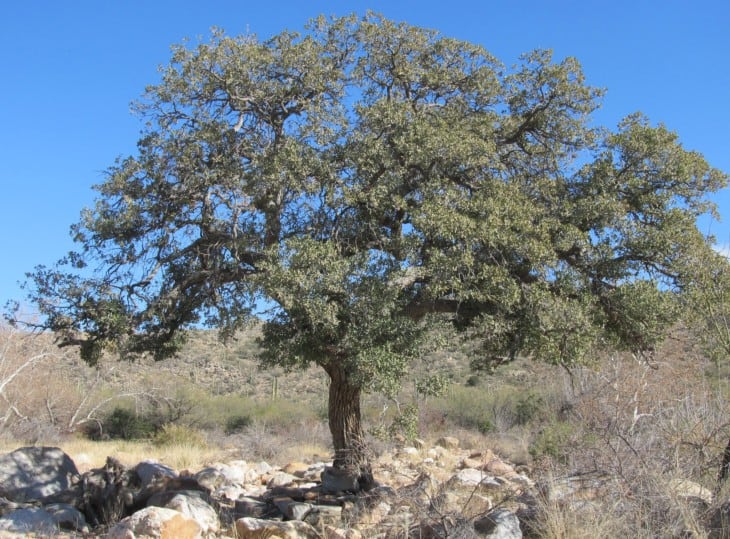
It can grow as a tree or a shrub; however, trees can grow to a height of 40 feet, with whitebark on mature trees. The pale yellow-green or blue-green leaves of Arizona white oak commonly feature spines on the edges; however, they can also have smooth leaf margins. Its yellow-green flowers bloom in spring and produce an acorn.
5. Gambel Oak (Quercus gambelii)
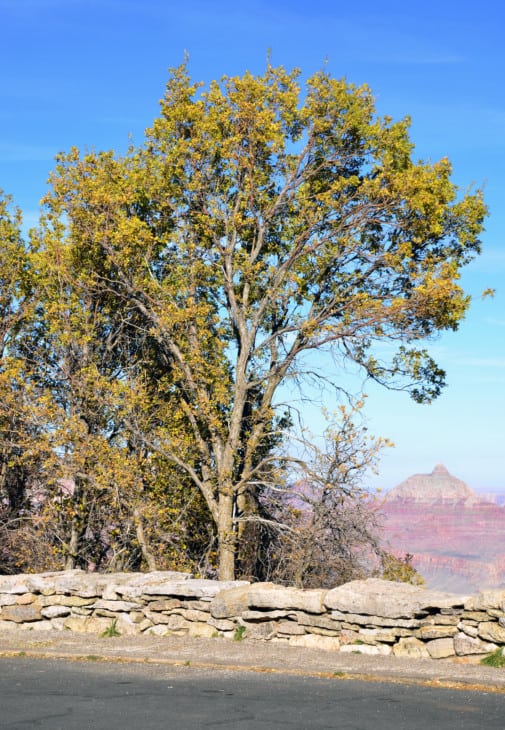
Easily recognizable, the Gambel oak has deeply lobed shiny green leaves and a grayish bark. As a tree, it can grow up to 40 feet tall. Gambel oak blooms from March to April in the form of catkins, and the fruits ripen in the late fall of the year following flowering. Gambell oak grows faster when planted in deep, nutritious soil.
6. Canyon Live Oak Leaf (Quercus chrysolepis)
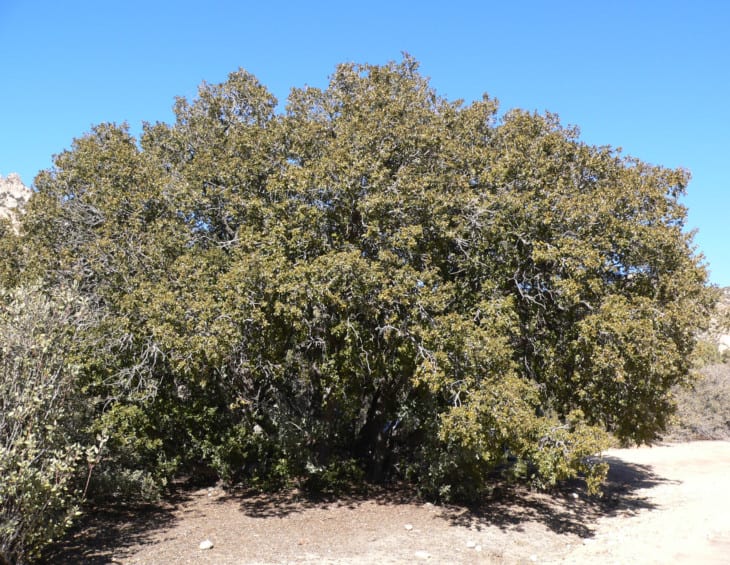
Canyon live oak has medium green leaves and can grow as high as 80 feet tall as a tree or 15 feet tall as a bushy shrub. A mature Canyon Live oak can flower at 20 years, growing male flowers in catkins and sparse female flowers with spikes. They have extensive root systems as deep as 24 feet.
7. Net-leaf Oak (Quercus reticulata)
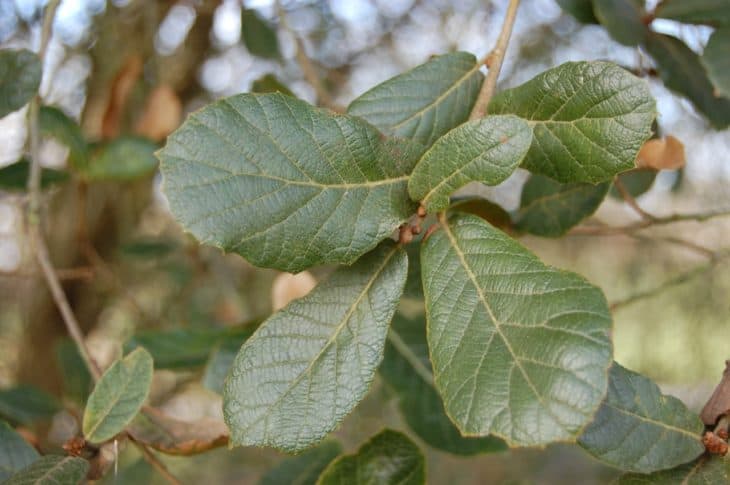
Native to Mexico, the Net-leaf oak is named after its reticulate pattern of veins under its dark, lustrous green leaves. The leaves are thick and leathery, with a dense layer of reddish-brown hairs on the underside. It comes in a variety of sizes, i.e., a tall shrub or a large tree up to 60 to 70 feet tall. It blooms in spring with catkin flowers.
8.Wavyleaf Oak (Quercus undulata)
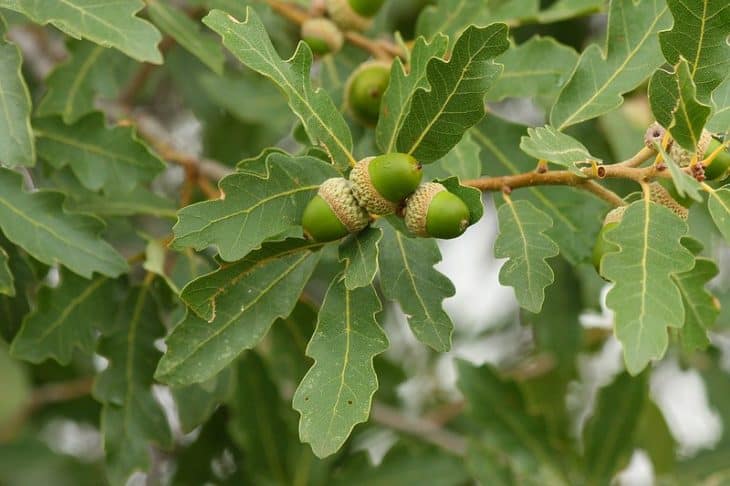
The Wavyleaf Oak is a resilient survivor that can reach a height of 8 feet and can grow as short as 4 feet. Broad green leaves with deep lobes, thin lobes, or no lobes at all are seen on these plants. It is a naturally occurring cross between Q. turbinella and Q. gambelii. The leaves are dark bluish-green from above and dull-green and hairy below.
9. Dunn Oak (Quercus dunnii)
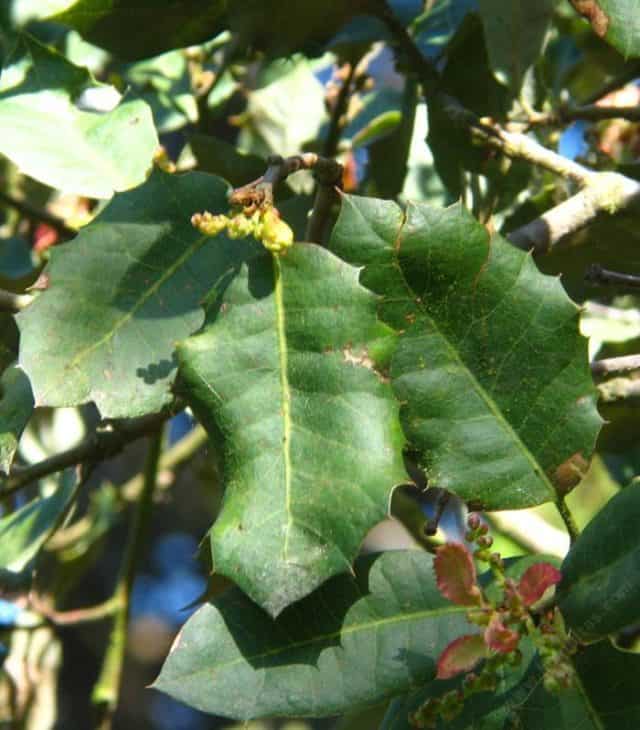
The Dunn oak tree is commonly known as the Palmer oak and grows as a shrub or small tree up to 20 to 30 feet tall. It has reddish-brown branches that spread into angular twigs. Its evergreen foliage boasts waxy, shiny, olive-green leaves with a gray-green underside and sharp spine teeth on the edges.



